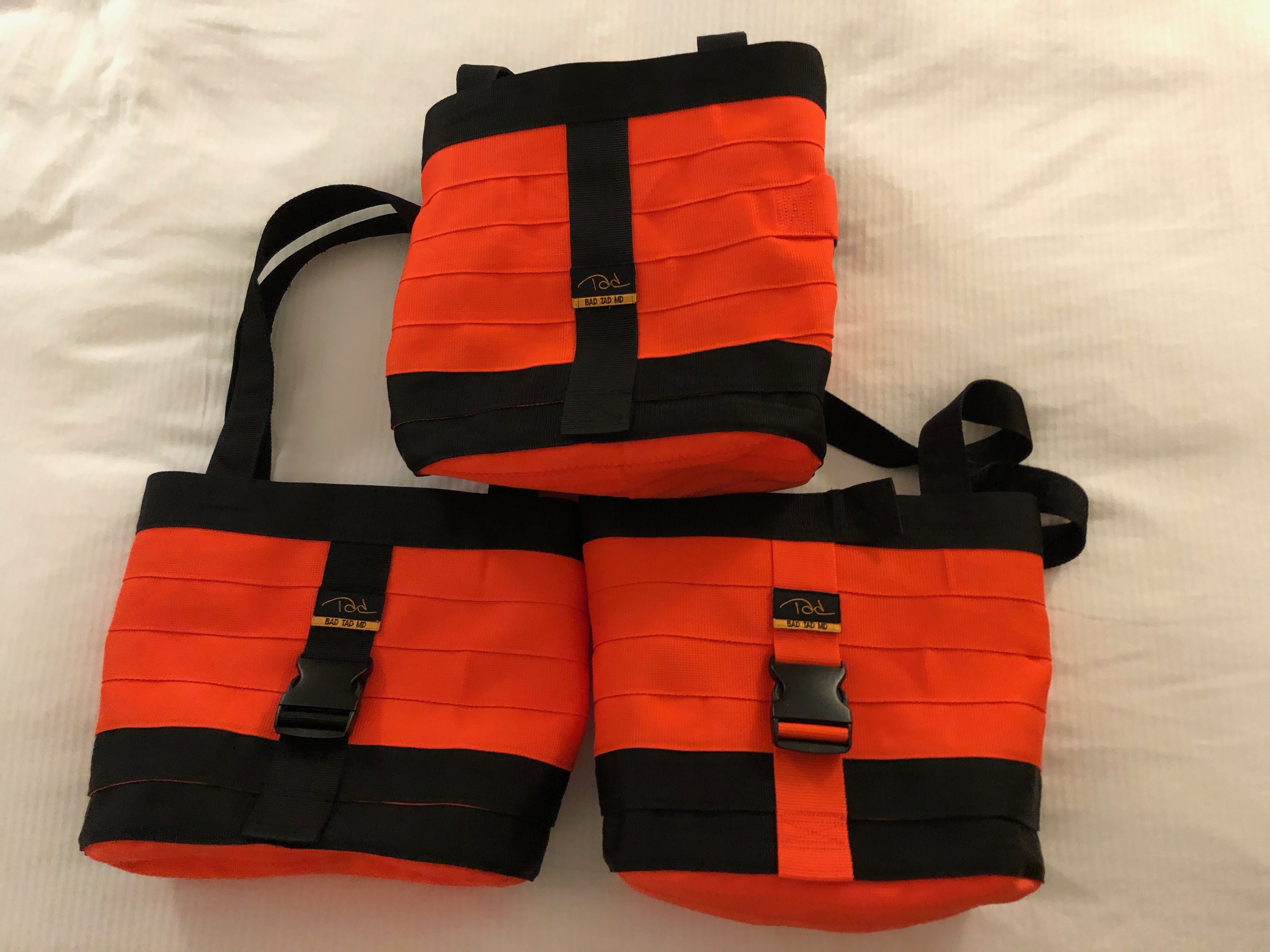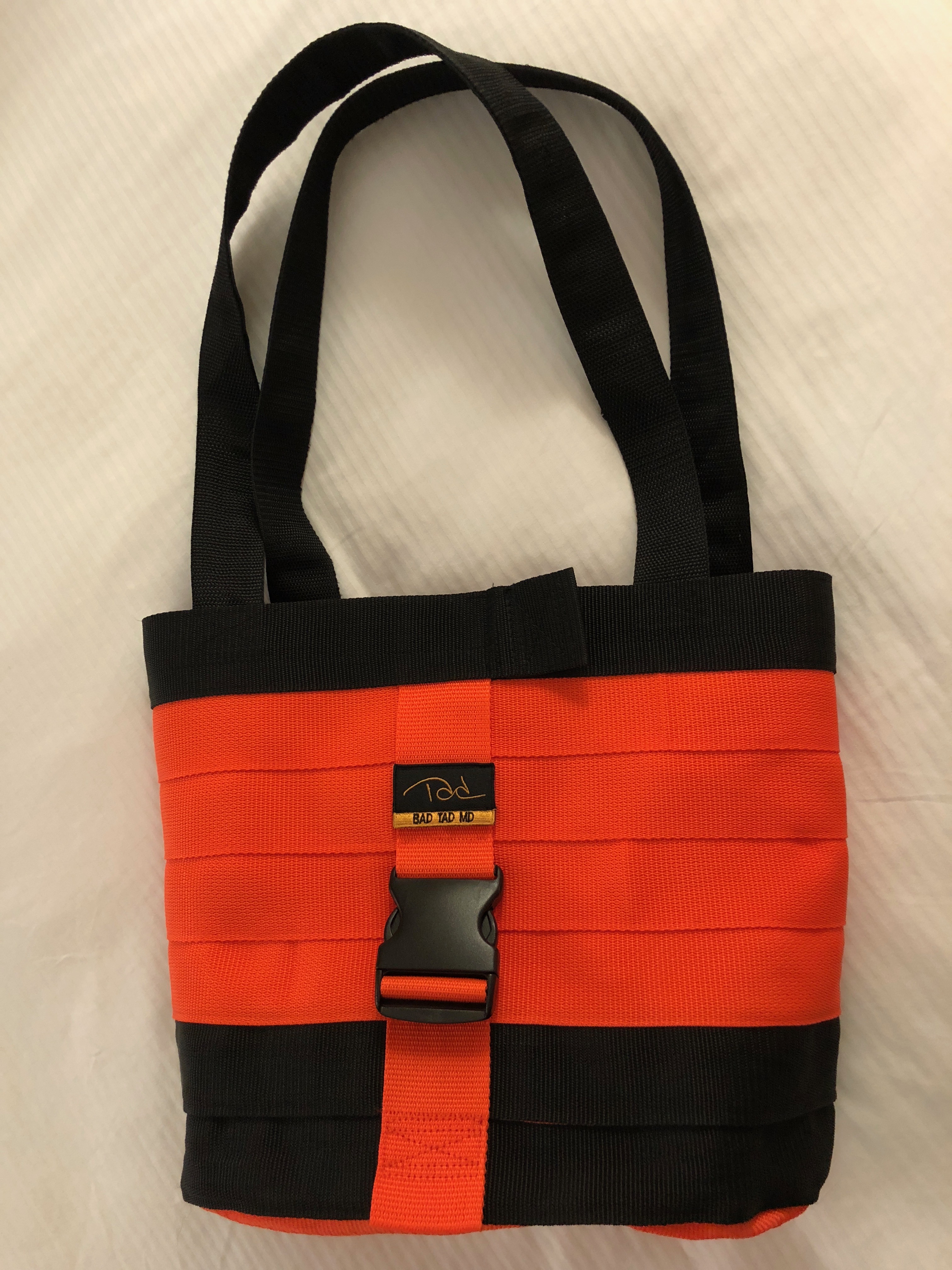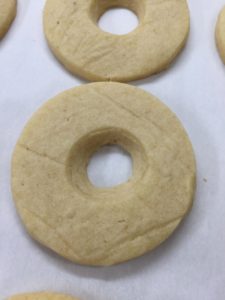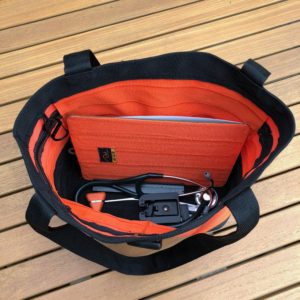She Won’t Go Home
As I come up with stories to share with you, I often pick them to exemplify different challenges we face as emergency physicians. Here is an example of something we face not too infrequently: a patient we couldn’t get rid of.
The evening shift doctor had seen her initially when she complained of vaginal bleeding and anemia. He found she was not bleeding and her blood tests showed no anemia. She was discharged just as we were changing shifts. I was warned that she didn’t want to leave and might give me trouble.
Sure enough, about an hour after I took over, the nurse came to me and told me the patient was still nauseous and was not up to leaving. I ordered some nausea medicine.
An hour later, I asked the nurse why the patient had not left the department. I was told she was unable to get a hold of anyone to give her a ride home. I asked that she be put out in the waiting room to await a ride. This is standard procedure when we are busy. The bed is needed for another patient and there is nothing wrong with someone waiting for their ride in the waiting room.
About three hours after I came on duty, she was finally out in the waiting room. But not for long. I soon was advised that she had feigned passing out and had to be brought back into an examination room. When I saw her, she was clearly pretending to be unconscious. I was too busy to deal with her at that time. I left her with the nurses to recheck her vital signs while I hurried off to take care of other, more pressing patient concerns.
Soon, I was able to spend some time reviewing her situation so I could decide what to do next. She was a relatively young, healthy lady. Her vital signs and laboratory tests were normal. She had already been in the ED for almost seventeen hours and nothing wrong had been found. She needed to leave. Still, always haunting the back portions of an emergency physician’s mind is the question: What might I be missing?
At this point, I had only two choices: force her to leave or admit her to the hospital. I mentally ran through both of those options in my head. We admit people to the hospital to receive medical care not available as an outpatient. This patient was in no need of such care. I couldn’t ask the admitting doctor to see her if it was clear there was nothing wrong with her. I had no choice but to accept a certain liability and send her out, even if she didn’t want to leave.
First, I had to wake her up. I was sure she was faking her unconsciousness. I proved this with an ammonia capsule. This is the modern equivalent of smelling salts.* A concentrated liquid ammonia compound is held in a small, thin-walled glass vial surrounded by an absorbent material. The vial is broken by being compressed between two fingers, releasing a strong ammonia smell. It is placed under the nose of the “unconscious” patient. No conscious person could continue to pretend to be unconscious when one of these is placed under his/her nose.
As I expected, her first reaction to the ammonia was to hold her breath. Tears then started forming in her eyes. When she was not able to hold her breath any longer, she turned her head to get her nose away from the capsule. I followed her, keeping the annoying, irritating stimulant under her nose until she was forced to talk to me.
“Why don’t you want to go home?” I asked.
“I don’t feel good,” was all she could come up with.
“I am sorry, but you are going to have to leave. Do you have anything you want to ask me?” She had no reply so I instructed the nurse to discharge her.
She had occupied a bed in our emergency department for almost eighteen hours by the time she walked out. How sad that someone’s life would be so messed up that lying around an emergency department pretending to be ill was better than anything else she had going on.











